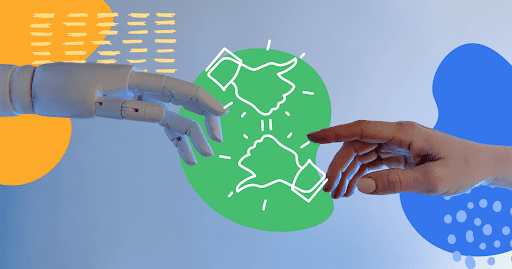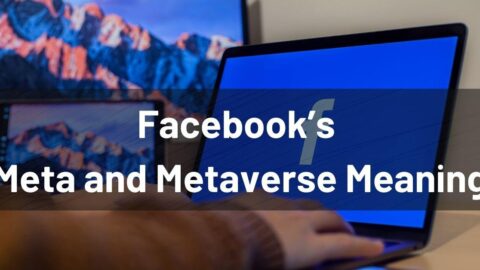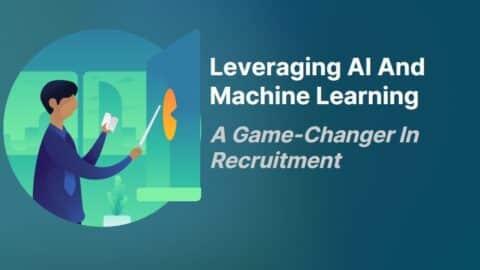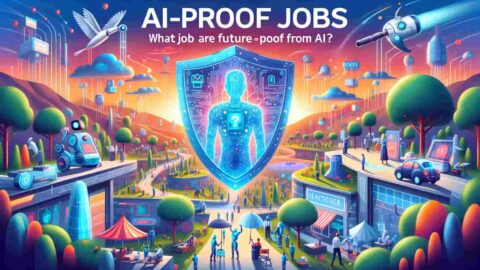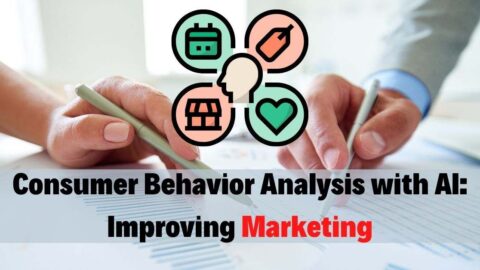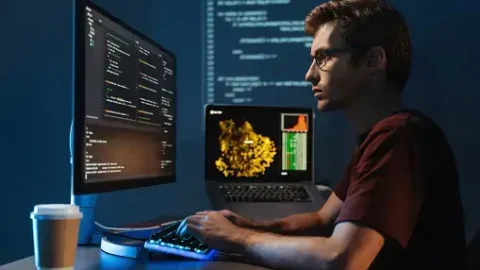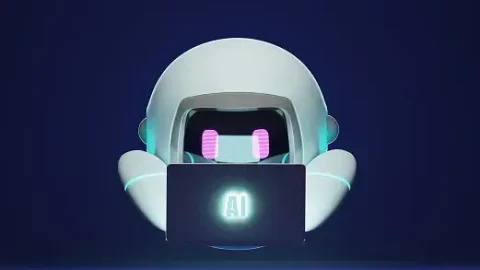Advantages and Disadvantages of Artificial Intelligence in Education
Today we’re diving into an exciting and somewhat controversial topic—the role of AI in education. By now, you’ve probably experienced or at least heard about virtual classrooms. But what happens when you bring AI-generated humans into these online educational environments? Is this a groundbreaking revolution, or is it leading us down a slippery slope? That’s the big question we aim to answer today. AI can perform tasks such as learning, reasoning, problem-solving, and decision-making. AI has many applications in various fields, including education. In this blog post, we will explore some of the advantages and disadvantages of using AI and AI generated figure in education.
Table of Contents
Brief Overview of AI in Education and AI-generated humans
Artificial Intelligence isn’t just for self-driving cars or voice-activated home assistants. It’s seeping into education, changing the game entirely. We’re seeing AI being used in a myriad of ways—from simplifying administrative tasks for educators to creating more personalized learning experiences for students.
How Artificial Intelligence is used in education?
Artificial Intelligence (AI) is used in education in various ways. It can automate administrative tasks, provide personalized learning experiences, offer real-time feedback and assessment, assist in curriculum design, identify student strengths and weaknesses, and enable virtual classrooms with AI-generated humans for enhanced engagement and adaptive instruction.
How is AI being used in higher education?
n higher education, AI is used to improve various aspects of the learning experience. It can assist in automated grading, personalized learning pathways, intelligent tutoring systems, predictive analytics for student success, plagiarism detection, virtual learning environments, and data-driven decision making for institutional management and planning.
The Rise of AI-Generated Humans
At first glance, AI-generated humans might sound like something out of a science fiction movie. However, they’re fast becoming a reality. Numerous tech companies are sinking resources into making AI-generated humans look and behave just like real people. They’re designed to engage in conversation, show emotional responses, and make decisions based on algorithms.
The Concept of Virtual Classrooms and AI-generated humans
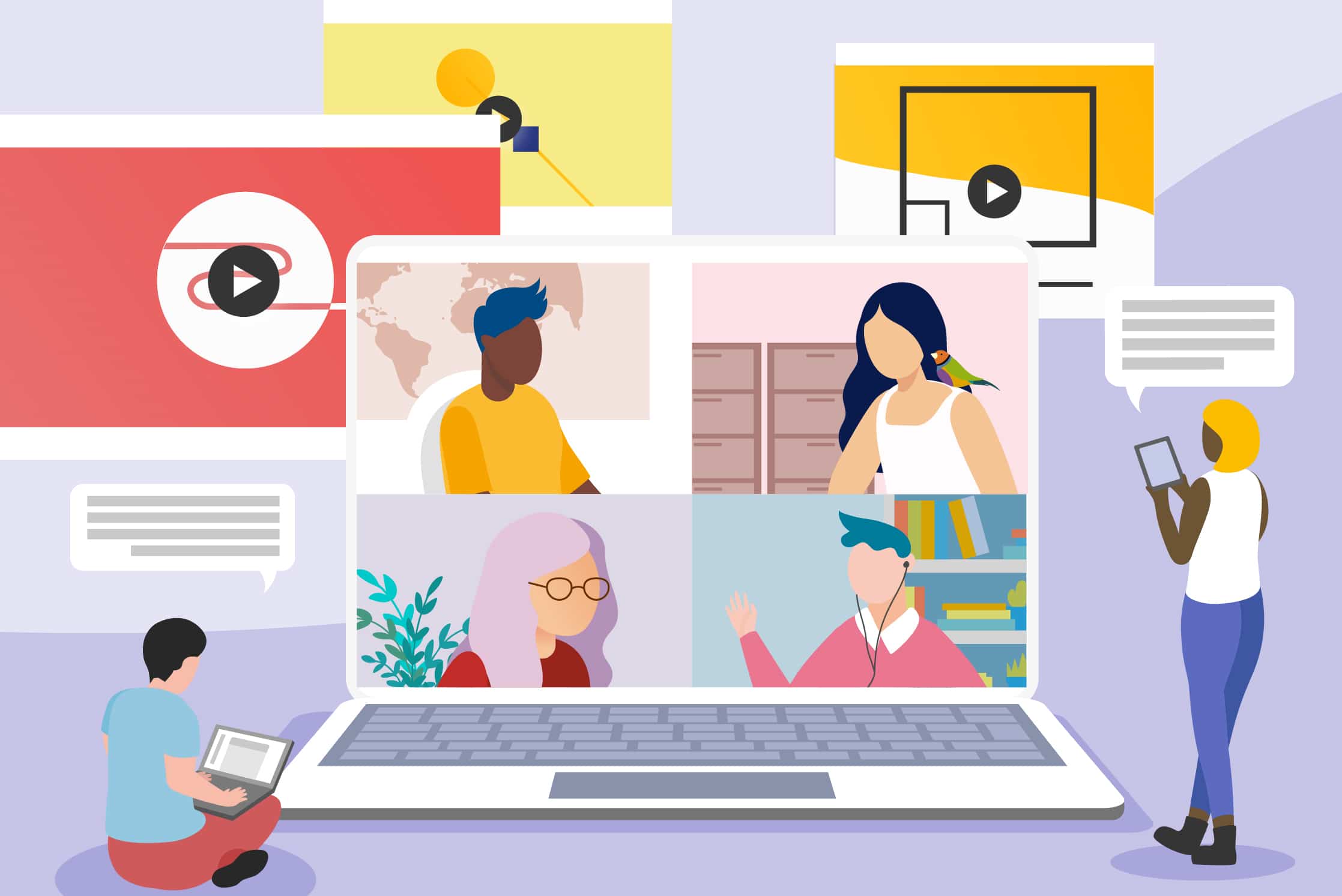
What is a Virtual Classroom?
A virtual classroom is an online learning space where students and teachers interact in real-time. Unlike traditional classrooms, everything takes place over the internet. Lectures, class discussions, homework assignments—you name it, it’s all online.
Key Features of Virtual Classrooms
These classrooms come with a range of interactive features like live video feeds, chatrooms, and interactive whiteboards. Some even offer “breakout rooms” where students can huddle in smaller groups for projects or discussions. Virtual classrooms strive to replicate the physical classroom experience, but with added flexibility and convenience.
AI-Generated Humans in Virtual Classrooms
What are AI-Generated Humans?
These aren’t your run-of-the-mill chatbots that respond with pre-set text. These AI figures are meticulously designed to look, act, and even “feel” like humans. They’re equipped with an array of emotions and can adapt to the flow of conversation, making them a lot more versatile and engaging.
How They Fit in Virtual Classrooms
Imagine a virtual assistant in the classroom who can detect when a student appears confused and automatically offer additional resources or explanations. AI-generated humans can serve as secondary instructors, advisors, or even role-play as students to create a more dynamic learning environment.
AI can augment teachers’ roles and capabilities by automating some of the repetitive and administrative tasks, such as grading, attendance, and record-keeping. AI can also assist teachers in designing curriculum, providing feedback, and identifying students’ strengths and weaknesses. This can free up teachers’ time and energy to focus on more creative and interactive aspects of teaching.
The Benefits
Enhanced Engagement
Have you ever found yourself zoning out during a class? Imagine a classroom where the instructor—or AI in this case—recognizes that you’re drifting off and immediately shifts the lesson to recapture your attention.
Increased Personalization
Everyone learns differently. AI-generated humans have the capability to adapt to each student’s learning style and pace. They can provide more practice questions to someone struggling with a topic or offer advanced materials to those who are ahead.
Efficient Learning
Speed is of the essence in our fast-paced world. AI-generated figures can give instant feedback, allowing students to learn from their mistakes in real-time. No more waiting days or even weeks for graded assignments.
The Drawbacks
Distraction Factor
With the added tech glitz and glamour, it’s easy for students to focus more on the AI’s capabilities than the actual lesson. This can be particularly problematic for younger students or those who are easily distracted.
AI can create a sense of detachment and isolation among students and teachers. AI can reduce the human interaction and emotional connection that are essential for effective learning and teaching. And it can also create a gap between students who have access to advanced AI technologies and those who do not, leading to digital divide and inequality.
Authenticity Concerns
It raises the question: can an AI-generated figure provide the same quality of education as a human teacher? The emotional and social nuances that come with human interaction are hard to replicate, even with advanced AI.
AI in education can undermine the creativity and critical thinking skills of students and teachers. AI can provide ready-made solutions and answers for students, which may discourage them from exploring alternative perspectives and approaches. But it can also limit the autonomy and agency of teachers, who may feel pressured to follow the recommendations or instructions of AI systems.
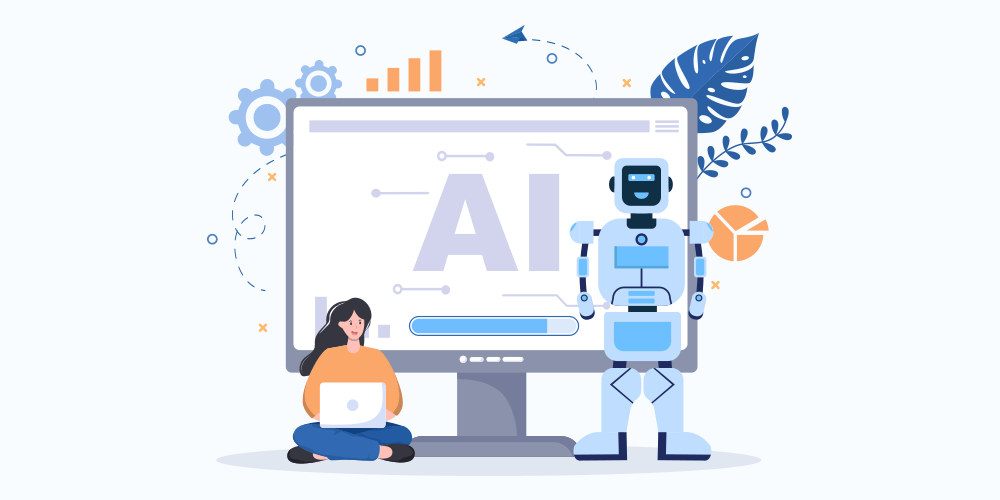
Ethical Implications
Let’s not forget the moral and ethical dimensions of using AI-generated humans in education. The idea of potentially replacing human teachers with AI figures poses significant ethical questions. Plus, there’s the issue of data privacy, as these AI figures would collect a large amount of data on student behaviors and learning patterns.
Conclusion on AI-generated humans
We’ve taken a comprehensive look at the role of AI-generated humans in virtual classrooms, covering everything from the potential benefits to the glaring drawbacks. It’s evident that this technology offers intriguing possibilities for enhancing education but comes with its own set of challenges that can’t be ignored. So, what’s your take? Are we looking at the future of education, or should we tread carefully to ensure we don’t lose the human element that’s so crucial to learning?

Business Developmeny Manager at PAS InfoCom Technologies Ltd. Experienced in project management with a demonstrated history of working in the information technology and services industry.

